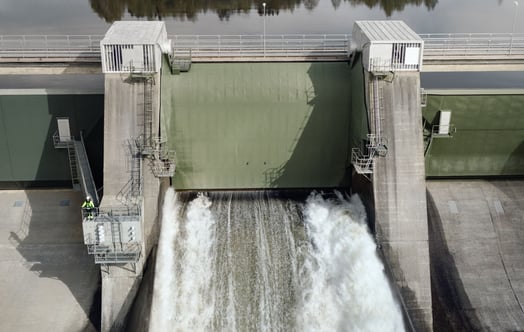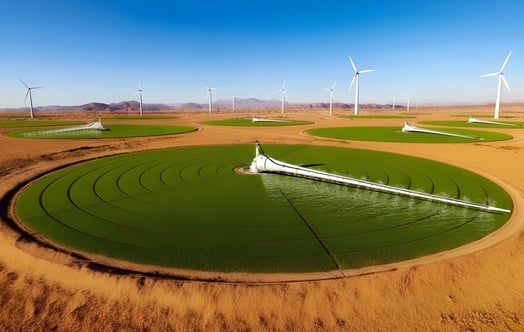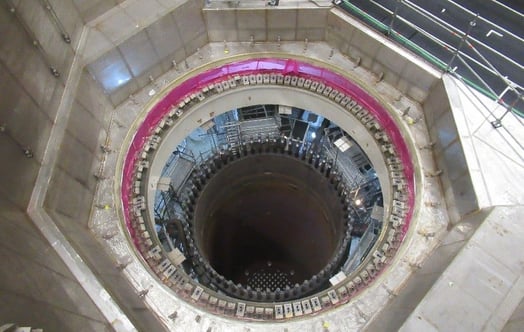With the energy transition as one of the main drivers, global demand for materials is set to nearly double by 2060. At the same time, the amount of waste is flooding. In this light, the interest for urban mining grows. Researcher Josie Harrison is developing an AI-model to facilitate the reuse of already extracted materials. This can lead to smarter, more accurate material maps.
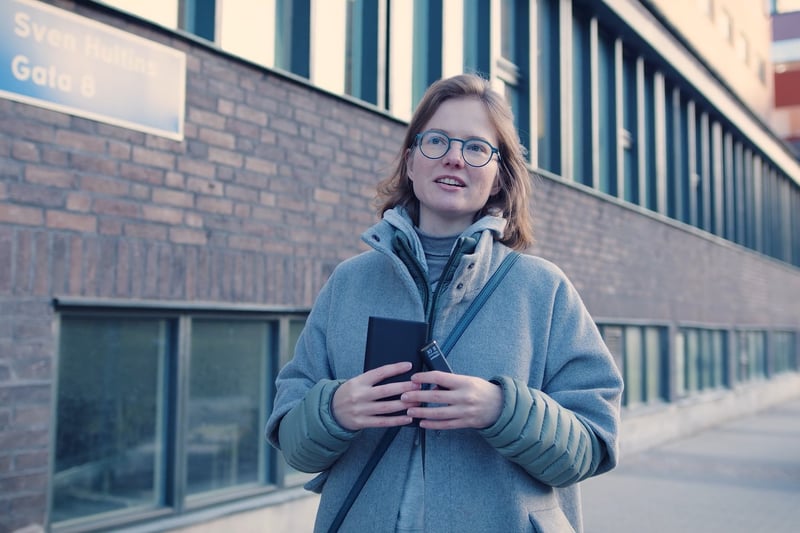
Exploring the future of circular construction: Josie Harrison at Chalmers University of Technology in Sweden, uses AI to recognize building materials, starting with something as familiar as a brick wall."
A report from The United Nations’ Global Waste Management Outlook 2024, shows the world will have 82 million tonnes of waste from electronic devices, so called electronic waste or e-waste, to deal with by 2030. In response, the UN has called for waste to be redefined as a valuable resource instead of a problem. Here is where urban mining makes its entrance.
Mining is usually associated with drilling or digging into the earth to extract resources. Urban mining, is what you do with the waste cities produce. Materials such as concrete, pipes, bricks, roofing materials, reinforcements and‑ can be “mined” for metals e-waste, such as steel, copper, aluminium, cobalt and lithium, as well as wood, glass and plastic. E-waste is an even richer source of precious metals than many mined ores.
With the energy transition as one of the drivers, recent estimates show that worldwide demand for copper is expected to grow almost 40 per cent over the next decade. The copper content in electric vehicles for example, could rise from 20 kg per vehicle up to 70 kg, depending on design, performance, and features.
Not reusing is losing
There are different ways of mining in the urban context. You can find the materials you search for in electronic waste, end-of-life vehicles, landfills, and even sewage sludge and urban sediment. Or, according to PhD researcher Josie Harrison of Chalmers University of Technology, you can do it the AI way and figure out what’s hiding inside existing buildings.
Josie Harrison sees a rapidly growing interest in urban mining, particularly findings in the construction industry. The amount of waste now going to landfill from construction and demolition represents 25-30 per cent of all waste in the EU. To make things easier for architects, builders, and property owners to identify existing resources, Josie Harrison is developing an AI model to reveal materials that can be reused in future.
She explains: "I have three data types to help me in my research: images, infrared spectra, and radio waves. With the radio waves I can look through walls, and infrared spectra help me see material properties not detectable with visible light. The images can be paired with data from the year the building was constructed. Taken together, this provides answers from the hidden insides of a construction that can potentially be reused.”
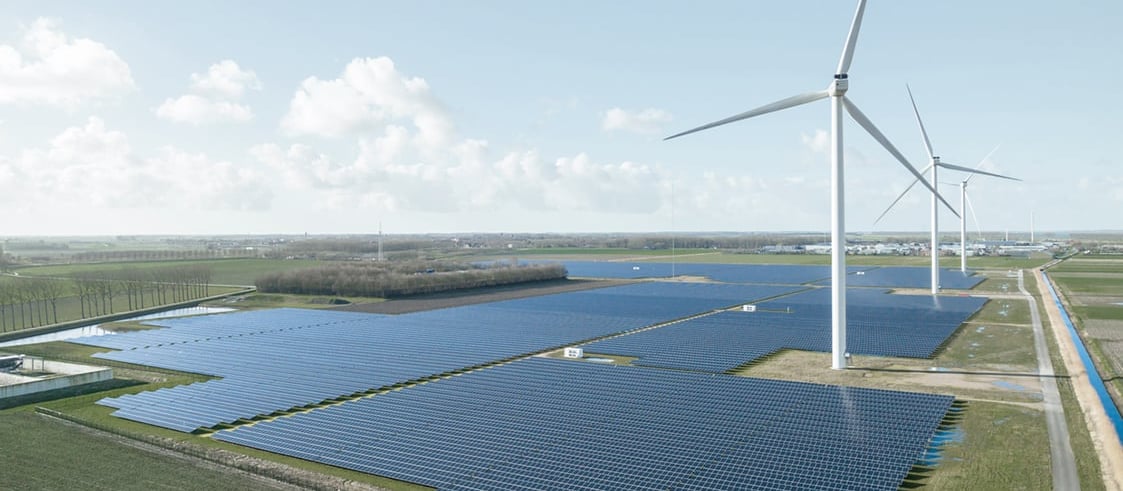
Register for our monthly newsletter THE EDIT
THE EDIT is Vattenfall's new monthly newsletter. Each issue highlights a new burning issue from the world of sustainable energy and fossil freedom.
A potential giant step for the energy transition
Josie Harrison is focused on setting up a user-friendly AI app – which will also be part of a broader urban mining network. Research is done on all layers of a building, where ceramics, brick, structural timber, and metals such as steel can be found.
“When you want to renovate something in a building, you upload a picture of it and the AI algorithm translates this into a signal sent to a ‘material library’, or database, saying that these parts are going to be replaced. Someone else can use these things or take them apart to ‘mine’ a certain material for reuse,” Josie Harrison explains, adding that this could be the first step in establishing a circular marketplace.
”This research takes a new approach by involving people who interact with buildings every day, which makes it easier to build a shared material database—especially when it’s tied to something useful for them, like reporting necessary renovations,” Josie Harrison concludes. “This can lead to smarter, more accurate material maps that grow over time with real input from users.”
The IEA estimates that the metals contained in global e-waste were worth about USD 90 billion in 2022, but only about USD 28 billion of that was actually recovered. This gap makes urban mining a massive business opportunity and a potential giant step to cope with the energy transition.

